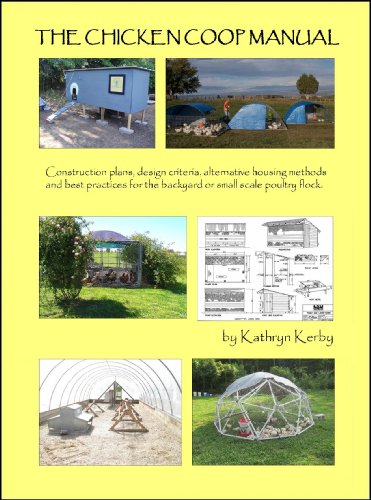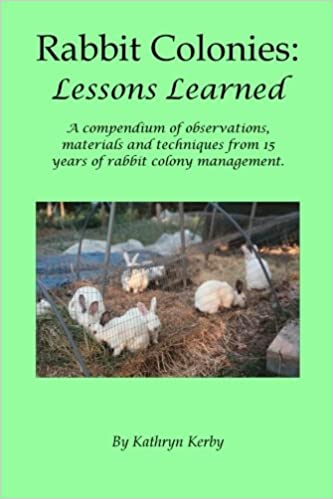Draft Horses for the Small Farm
Draft horses and mules are perhaps more valuable today than they've been in years, thanks to fossil fuel costs going up so quickly in recent years. But they require a LOT of careful training, not only for the team but also for the teamster who wants to put them to good use. It's not just a matter of learning a few voice commands and tugging on the lines. Thankfully, there's also a lot of good information out there on how to incorporate draft horses into a small farm, ranch or homestead.
How To Get Started With Draft Horses
Many people want to learn to work with draft horses, but aren't sure how to get started. There are a number of ways to do so, each with pro's and con's. We'll look at each option and then provide resources for more information.
What Can I Do With Draft Horses?
The short answer is: a lot. They can clear land, prep growing areas, plant, cultivate and harvest crops, shovel snow, haul lumber, power a grinding wheel, generate power, transport products to market (or visitors around the farm) and create the next generation of themselves. Sounds ideal, yes? On the flip side they do require a few things - proper feeding, proper shelter, proper training and harness, and proper care and management. A draft horse team can become valuable partners for those who are willing to put in the time, money and energy required. If that sounds intimidating, consider that using any form of on-farm power requires much the same investment, without nearly as much reward. It can be a valuable trade for the person who is ready, willing and able to learn.
Harness and Equipment
Both new and used horse harness and horse-drawn equipment is still plentiful and cost effective alternatives to modern fossil fuel alternatives. We'll look at sources, options, cost, maintenance, restoration and other issues with work horse harness horse drawn equipment.
Work Horse Management
Draft horse management is similar in many ways to standard horse husbandry. But there are a few critical differences, related to their size, temperament and purpose. We'll describe both similarities and differences, and how to plan for success with draft horse management.
Draft Horse Cost Effectiveness
Draft horses are nostalgic, powerful, adaptable, and potentially quite profitable. We'll look at the elements which help make draft horses extremely cost effective additions to a small farm, ranch or homestead, along with a few variables which would cancel out all those benefits.
Draft Horse Case Studies
Want to see how draft horses are in use on modern farms, ranches and homesteads? We'll provide a number of interviews with current draft horse owners, and find out how they manage their teams, what they do with them, and how draft horses help their operation's bottom line.
Our Successful Farm and Ranching Books

We released our very first self-published book, The Chicken Coop Manual, in 2014. It is a full color guide to conventional and alternative poultry housing options, including 8 conventional stud construction plans, 12 alternative housing methods, and almost 20 different design features. This book is available on Amazon.com and as a PDF download. Please visit our sister website's The Chicken Coop Manual page for more information.

Rabbit Colonies: Lessons Learned
We started with rabbits in 2002, and we've been experimenting with colony management ever since. Fast forward to 2017 when I decided to write another book, this time about colony management. Rabbit Colonies: Lessons Learned is chock-full of practical information, and is available from both Amazon and as a PDF download. Please visit our sister website's Rabbit Colonies page for more information.
The Pastured Pig Handbook
We are currently working on our next self-published book: The Pastured Pig Handbook. This particular book addresses a profitable, popular and successful hog management approach which sadly is not yet well documented. Our handbook, will cover all the various issues involved with pastured hog management, including case studies of numerous current pastured pig operations. If you have any questions about this book, please Contact Us.